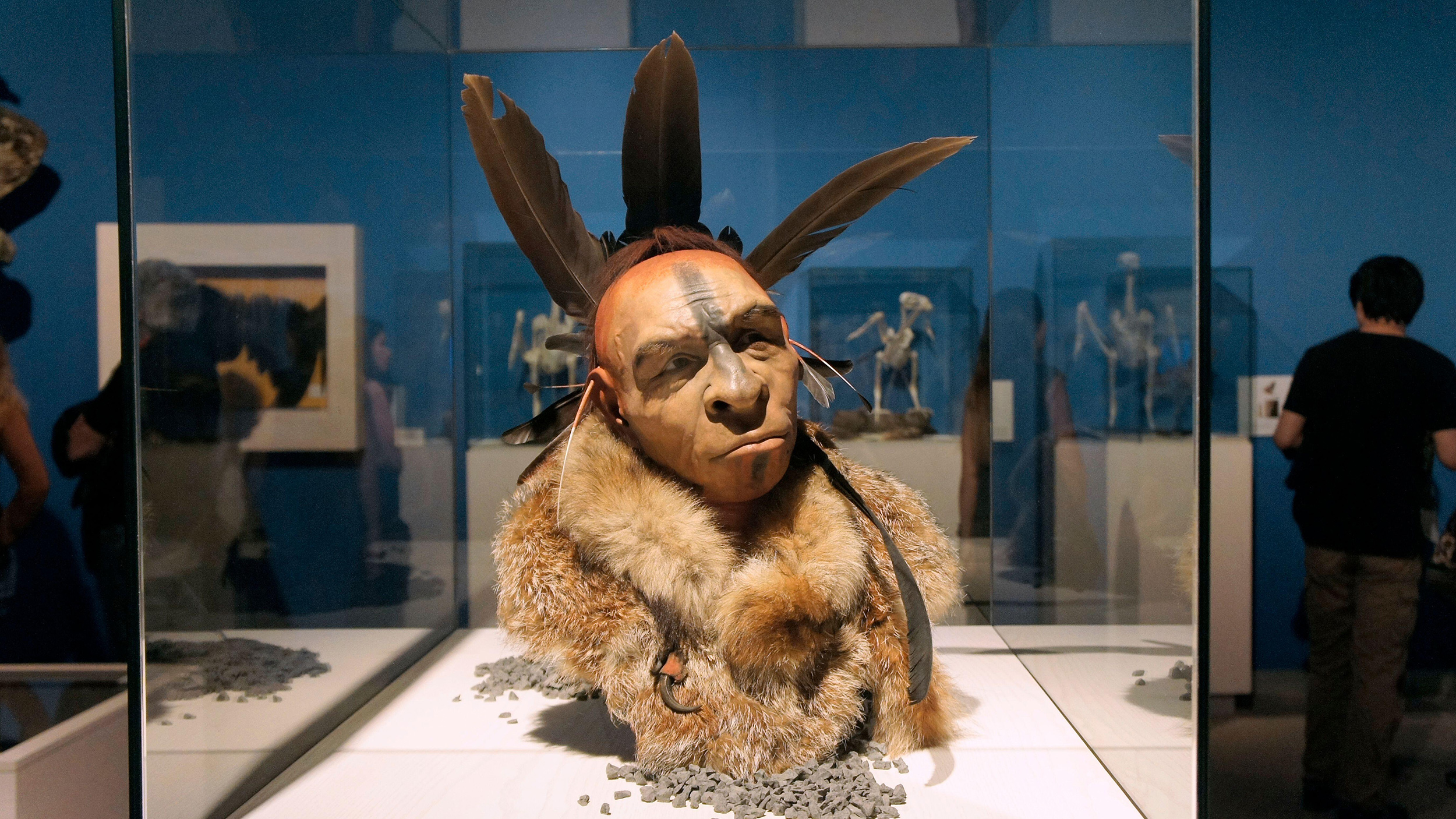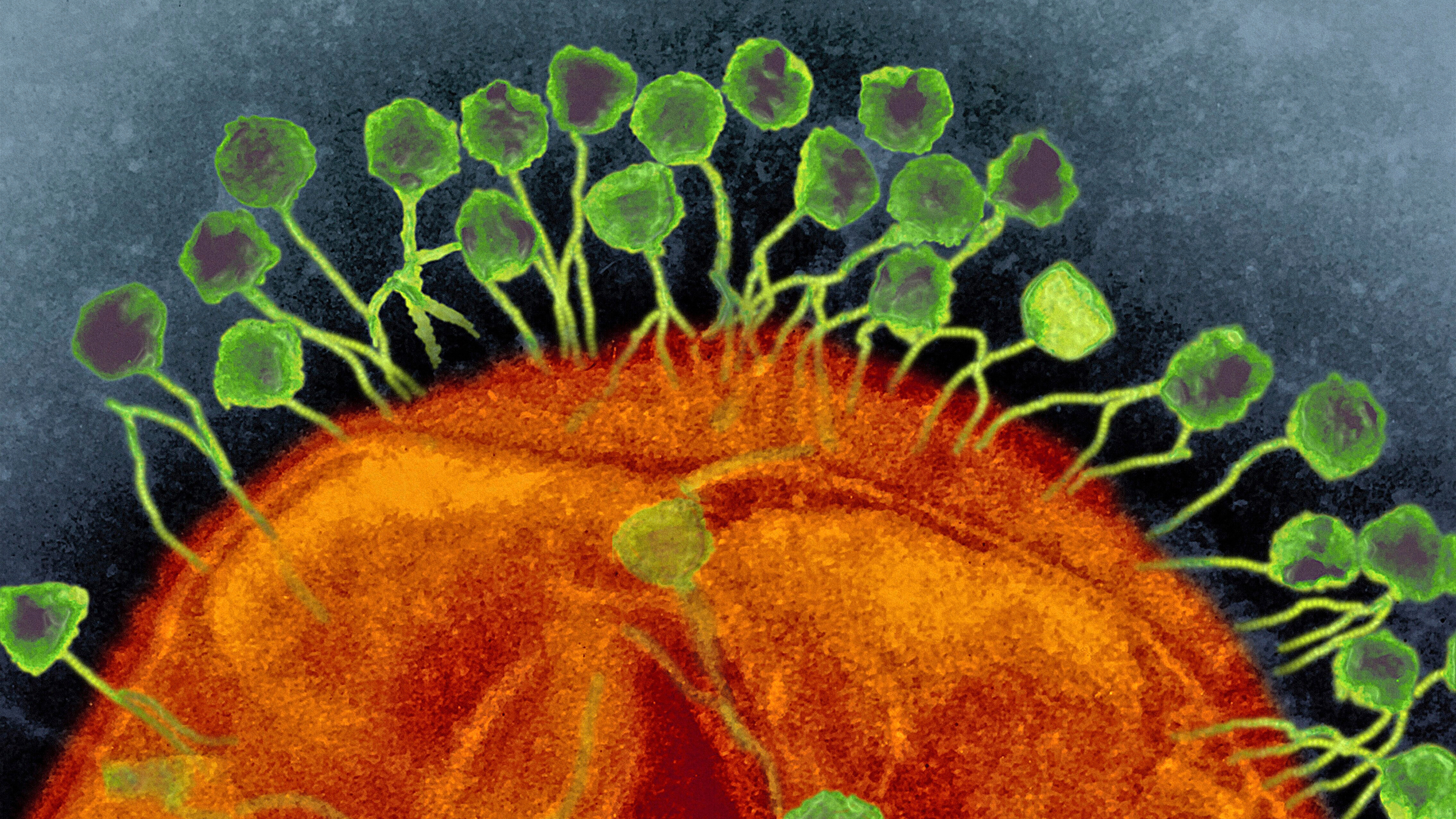Deer Mice: The Key to Understanding Evolution?

Who says nothing interesting happens in this blogger’s native Nebraska? One of the state’s native species has helped scientists see the secrets of evolution twice in the span of a month. The furry creatures in question are deer mice, one of the most abundant species on the North American continent.
Because the mice live in such a variety of locales, they’ve adapted in a lot of different ways. In a study from earlier this month in the Proceedings of the National Academy of Sciences, a team led by Jay Storz of the University of Nebraska-Lincoln studied deer mice (actually captured in Colorado) from the highlands and compared them to their lowland cousins who inhabit the area near the Kanas border.
Genetically, the mice were almost totally alike, except for four particular genes. The scientists surmise that those genes regulate how much oxygen the hemoglobin in the blood can store, and the highland mice have adapted to store more because they live in a lower-oxygen environment.
While four genes appear to govern the oxygen issue, it’s down to one gene of interest for Harvard University scientists who also studied Nebraska’s deer mice. They were interesting in the question of color—specifically, how the mice of Nebraska’s sand hills adapted so quickly to the light color of that area when nearby deer mice have a darker hue to match the soil color outside the Sand Hills.
At first it would seem that ordinary natural selection would explain this, that the mice carried several genetic variants in their population and the lighter one became dominant when the environment became favorable for it. But the researchers found an interesting twist—the lighter-colored variant didn’t actually exist prior to the formation of the Sand Hills, when glaciers deposited these light-colored sediments in northern Nebraska. Instead, the genetic variant arose recently and spread like wildfire through the population because being light-colored in the Sand Hills is such an advantage.
A century and a half after On the Origin of Species, natural selection still has new things to show us.




